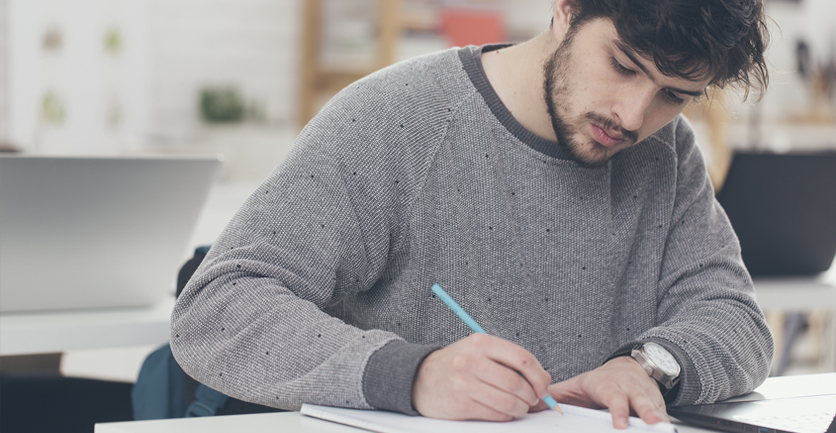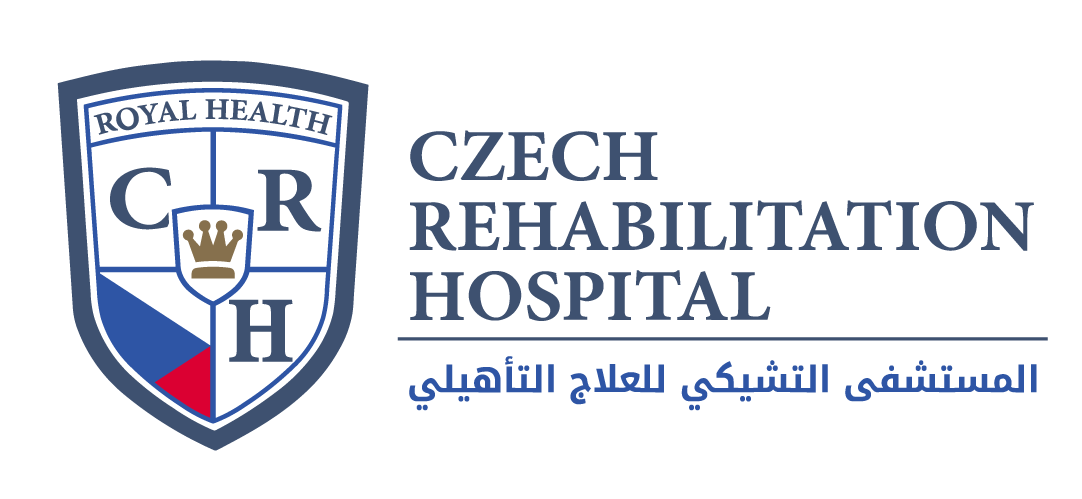
It is estimated that over 60% of all population will suffer from back pain at some point of their life. Most people who suffer with low back pain respond well to conservative treatment like Rehabilitation. From your Rehabilitation Therapist you will learn ways to help your back. The hospital offers this program to teach you how to protect your back while it is healing as well as how to avoid back problems in the future!
During your evaluation, your Rehabilitation therapist will review with you what the problem is with your back and how they are going to treat your specific problem. This program will help to reinforce what you need to be doing at home so you can quickly return to the game of life. Therapy’s job is to work on the structures and muscles that do not allow you to have this perfect posture.
What is good posture
Posture is the position in which you hold your body upright against gravity while standing, sitting or lying down. Good posture involves training your body to stand, walk, sit and lie in positions where the least strain is placed on supporting muscles and ligaments during movement or weight-bearing activities. Proper standing posture is ears over shoulders over hips. Proper posture: keeps bones and joints in the correct alignment so that muscles are being used properly. This helps to
- Decrease the abnormal wearing of joint surfaces that could result in arthritis.
- Decreases the stress on the ligaments holding the joints of the spine together.
- Prevents the spine from becoming fixed in abnormal positions.
- Prevents fatigue because muscles are being used more efficiently, allowing the body to use less energy.
- Prevents strain or overuse problems.
- Prevents backache and muscular pain.
- Contributes to a good appearance.
Helpful hints for improved posture!
- Ideal sitting posture allows for the natural arch in your back and not a rounding of your shoulders and a slumping forward posture.
- Poor computer set-up will contribute to this slumping posture as well as people who type in a “hunt and peck” manner. A towel roll may help to keep you in the ideal sitting posture.
- When working on a computer, stand up and walk around every hour to help relieve the pressure on your back.
- When carrying objects use both hands and try to keep the objects close to your body.
- When carrying groceries try to place equal weight in each hand and avoid carrying all of the bags in one hand. Place the groceries on the ground when opening the door then pick them up again.
- When lifting objects that are light you may use the golfers bend. When lifting heavier objects do not bend over the object but rather bend your knees and keep you back straight
- Keep the object close to your body to decrease the stress on your body.
- When pushing or pulling an object have one foot in front of the other and have your body aligned with the direction the object is going to be pushed or pulled and stay as close to the object as possible.
- When reaching for objects over your head place one foot in front of the other. This will keep your back straight and not allow you to arch your back when reaching for the object. Keep object close to your body once it is down at your waist height.
- When you are sleeping you need to have your back in a good position in order to place undo stress on it throughout the night. If you sleep on you back make sure to place a pillow under your knees.
- When sleeping on your side, be sure that you have a pillow between your knees. Sleeping on your stomach places increased stress on your back and should be avoided.
- Controlling your weight and having normal flexibility and strength will place less stress on your back with most daily activities.
- People who are overweight increase the stress on their low back. People who are deconditioned will place more stress on their back because they will utilize improper muscles to lift the objects.
- When driving make sure your seat is upright and knees and elbows slightly bent.
- If your knees or elbows are straight then your seat is too far away. If your knees and elbows are bent excessively then you are too close (this may occur if you place your seat in a more upright position).
- When getting out of a car first swing both feet out of the car so that they touch the ground, then stand up. On long trips take frequent stops and get out of the car to decrease the pressure on your back.
- When sweeping, mopping, or vacuuming you need to push the device forward and back while stepping with the device. Do not swing mop or broom side to side.
- While your back hurts do not scrub the floor on your hands and knees.
- When getting out of bed roll to your side and bend your knees. Drop your feet off the bed and push yourself up with your arms. Do not sit straight up in bed into a long sit position.
- Ask your therapist when you can resume gardening. When you get the OK from your therapist use a stool to sit on to do your gardening. Do not bend over to weed or plant flowers.
- When brushing your teeth or washing the dishes open the cupboard door and place your foot onto the shelf to decrease pressure on your back. If you do not have a cupboard door to open then use a small step stool and place one foot on it while at the sink.
- Smoking decreases the healing process and will make it longer for you to recover from injury.
- Proper sleep (at least 7-8hrs) will assist in the healing process.
A TEAM APPROACH TO TREATMENT
Led by our Rehabilitation Director, who has 20 years of versatile experience in the field of Physiotherapy and Rehabilitation, our Spine Care team draws on the expertise and experience of specialists –physical and occupational therapists, Chiropractor, Acupuncturist, Dietitian, Psychologist, Rehabilitation Nurses, Remedial Massage Therapist, case managers and other clinical and support staff – to advance your recovery.
Spine Care Program
The program contains the following sessions:
- How the back works / Core stability
- Principles of back Care
- Goal setting and pacing
- Exercising for fitness and stretching
- Healthy eating
- Static postures
- Easy moving
- Dynamic postures
- Cognitive behavior therapy / Pain management
Treatment, Technology & Research
At the hospital, we integrates the advanced treatment, proven therapies and leading-edge technologies that benefit patient recovery.
Among the many advances available to appropriate patients are:
- Advanced Electrotherapeutic Modalities like TECAR Therapy, Low Level Laser Therapy, Shock Wave Therapy, Advanced TENS and Ultra Sound units etc.
- Decompression Therapy of Spine (Advanced spinal traction unit)
- Underwater Treadmill and Bicycle
- Dedicated Gyms for Spine Care and Lumbar stabilization/core strengthening
- Advanced Manual Therapy and mobilization techniques
- Muscle energy techniques
- Pilates exercises
- Postural exercises and training
- Body mechanics and functional training


